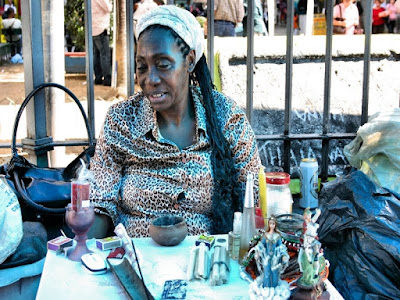
Photography series: Life of a nomad '' The vicinity of the capital of South Sudan.
All Copyright Agnieszka Balut. 2019.
Nomad, wanderer, member of a group of people without permanent residence, who move from place to place, e.g. due to changes in the weather or in search of food, water, fuel or pasture for farm animals. A person who leads a nomadic, itinerant lifestyle, whether or not he travels permanently or seasonally for
commercial, cultural or religious reasons.
South Sudan Tribal Conflict - The competition of nomadic tribes for natural goods started in 2009. The conflict has resulted in thousands of victims and hundreds of thousands of people who have left their place of residence.
The basis of the conflict of nomadic tribes was primarily the desire to seize lands with limited natural resources, having drinking water, fertile pastures, in the face of shrinking lands. In addition, the fighting areas were affected by drought. Hostile tribes also carried out plunder attacks in order to seize animals, e.g. cattle. Another reason was ethnic disputes.
Moreover, South Sudan is a very unstable country due to the effects of the civil war.


















